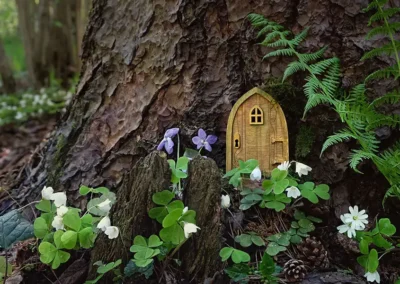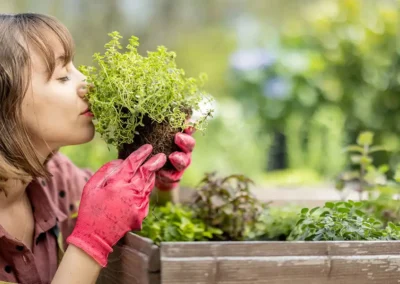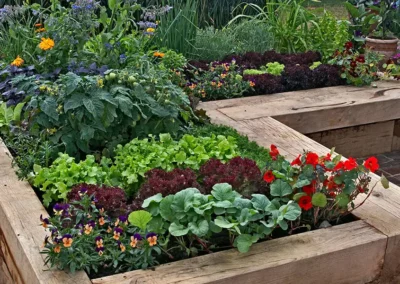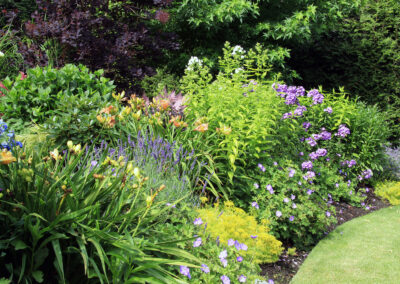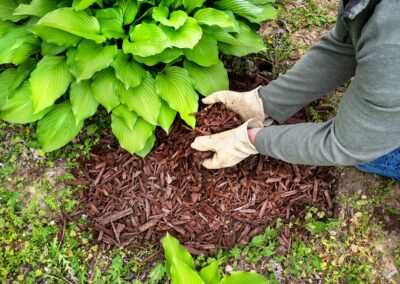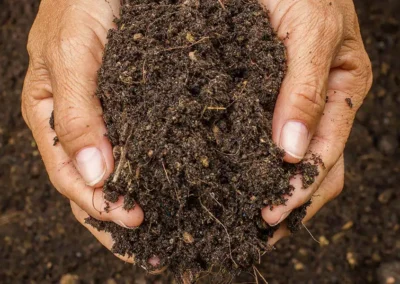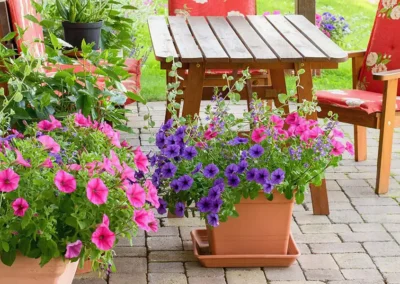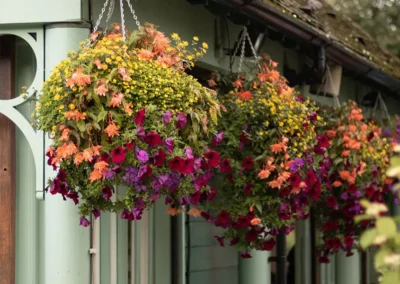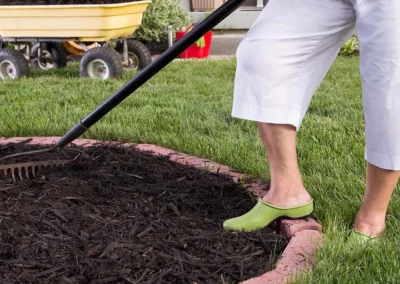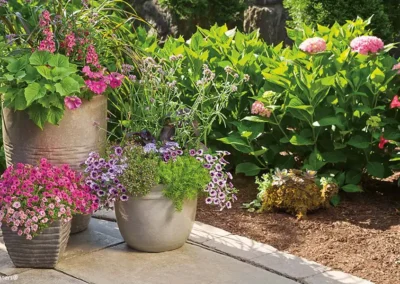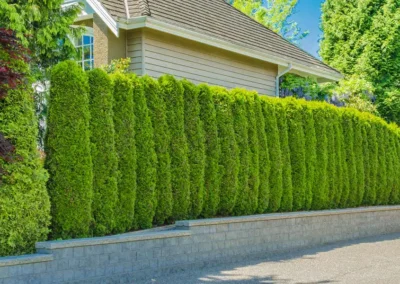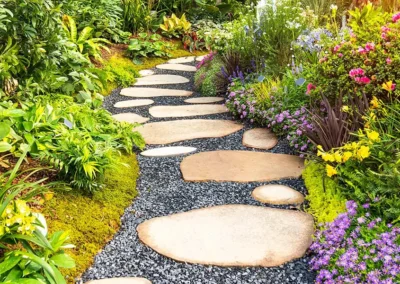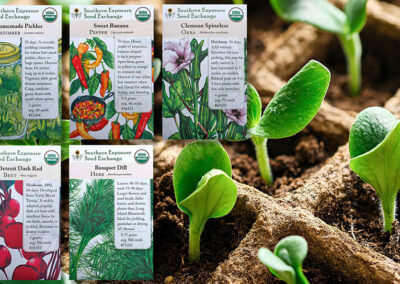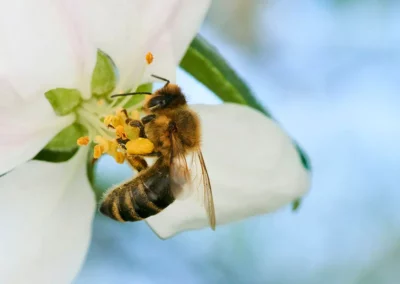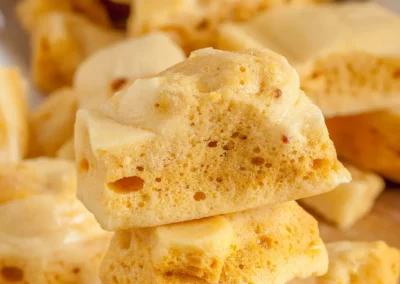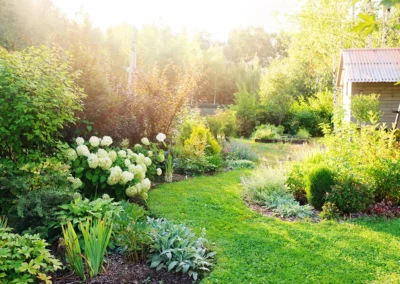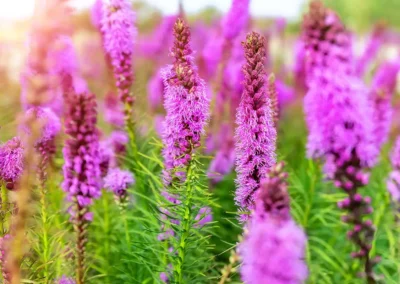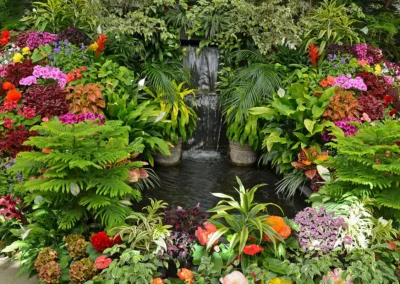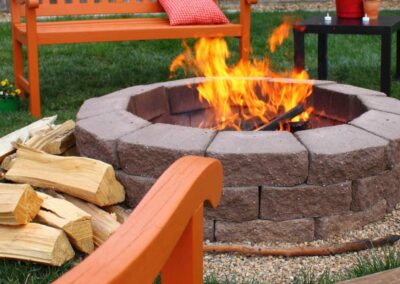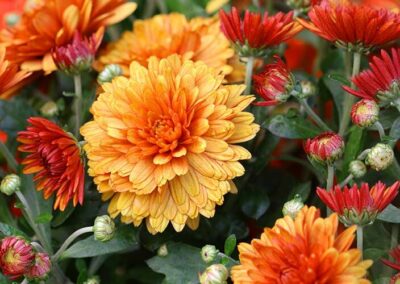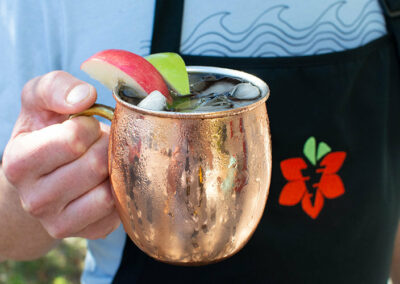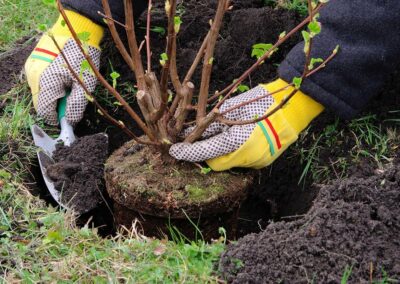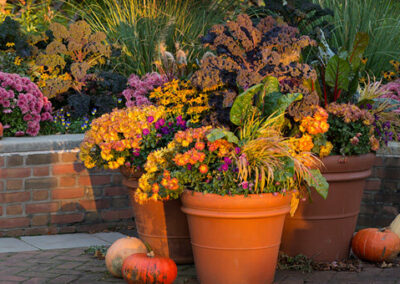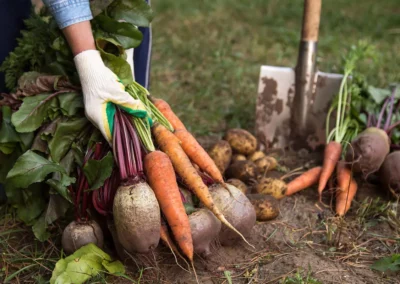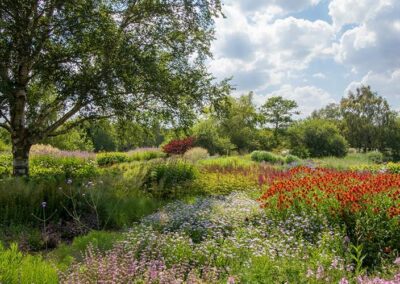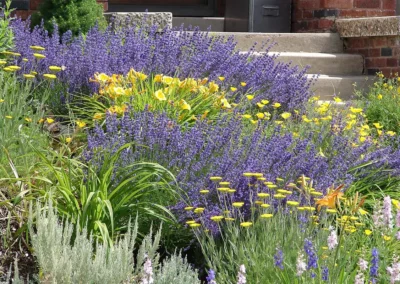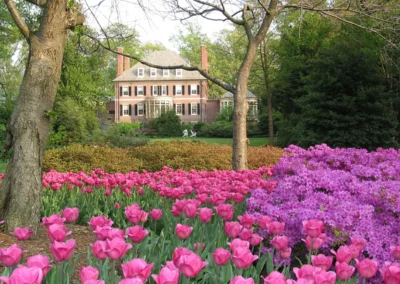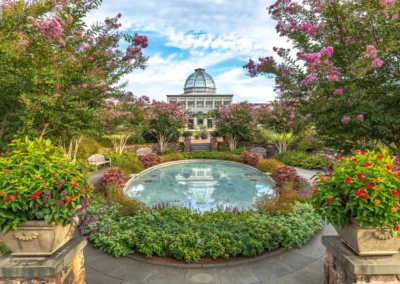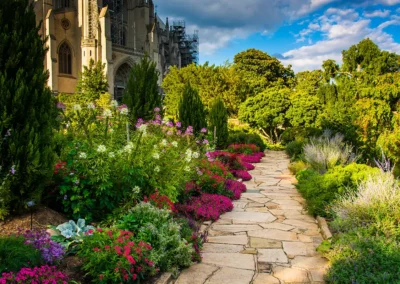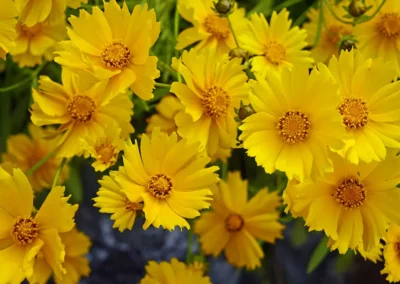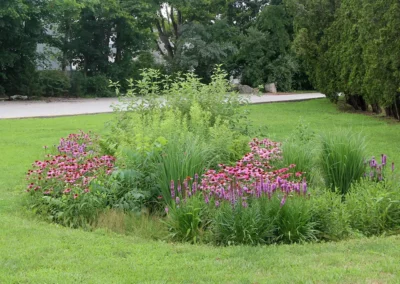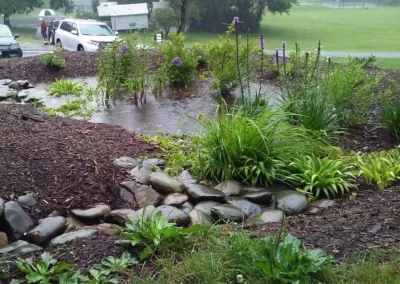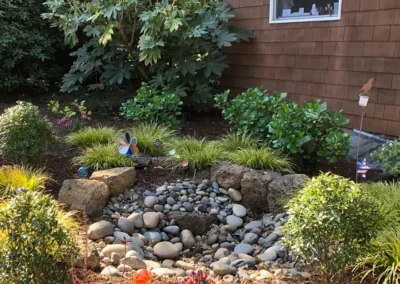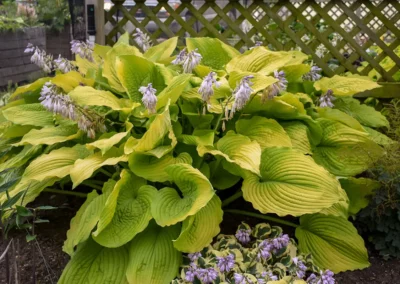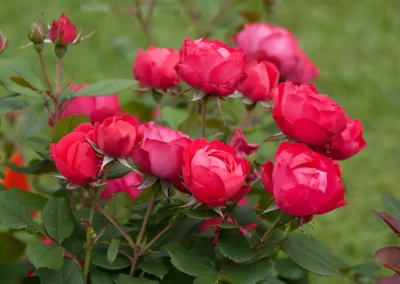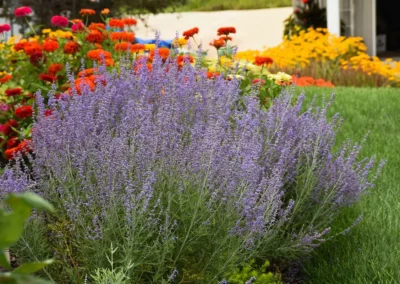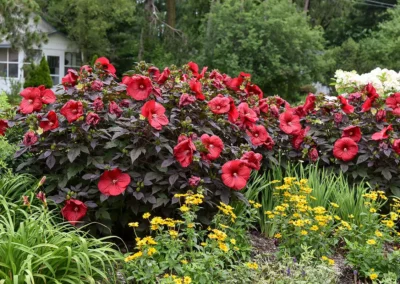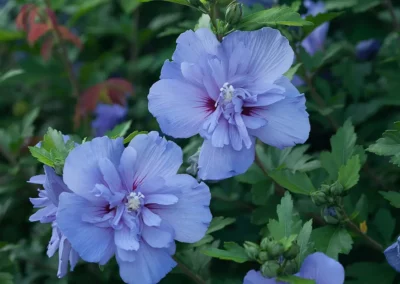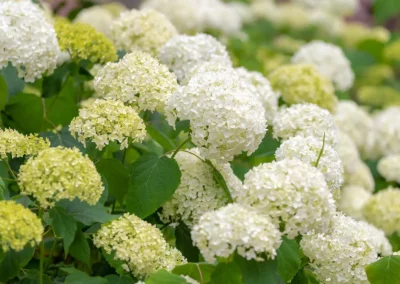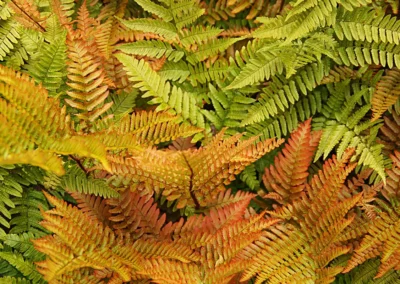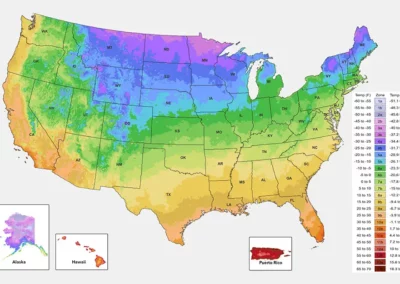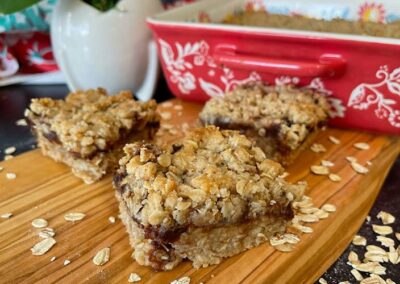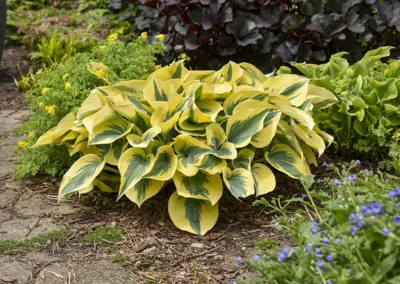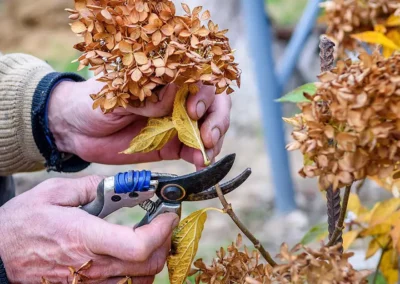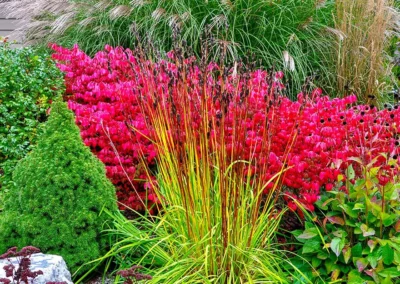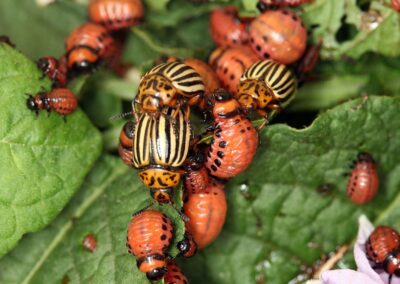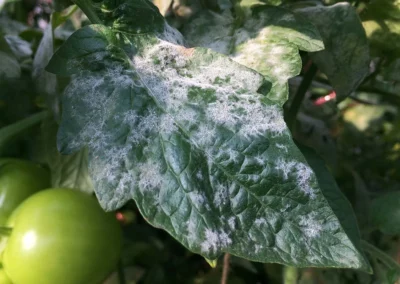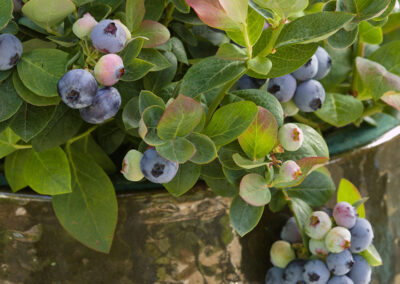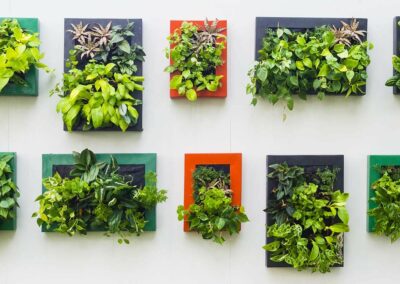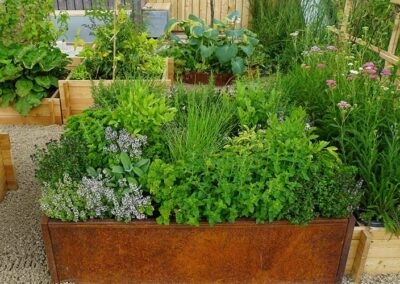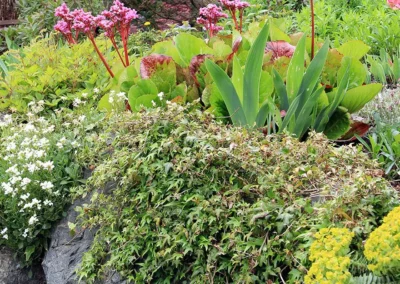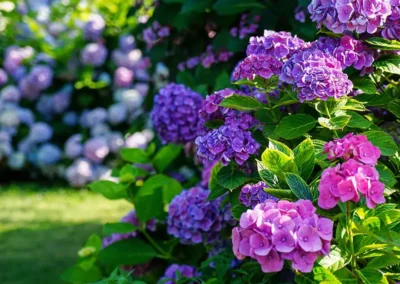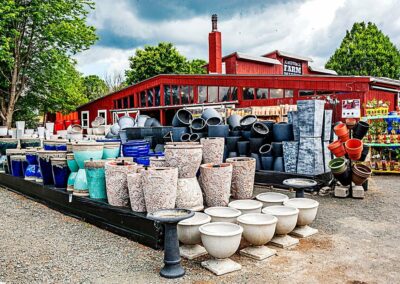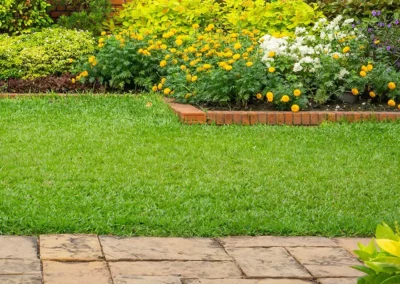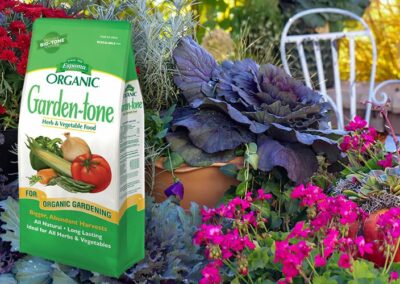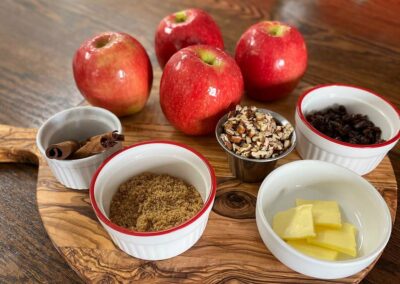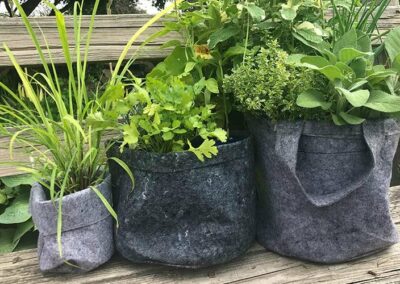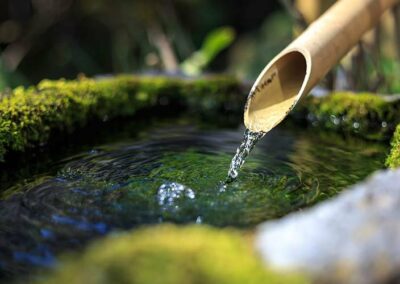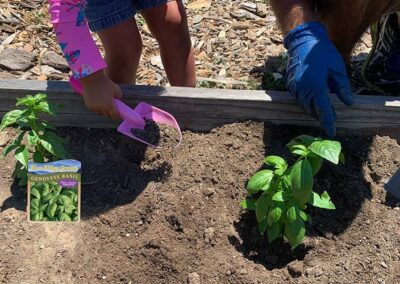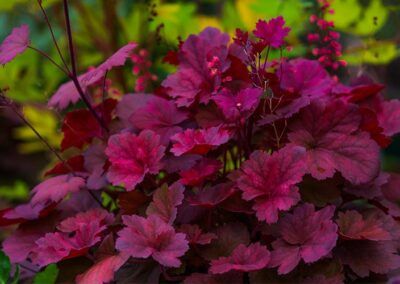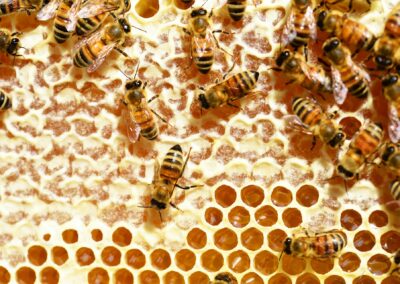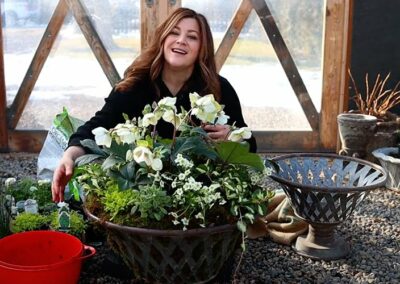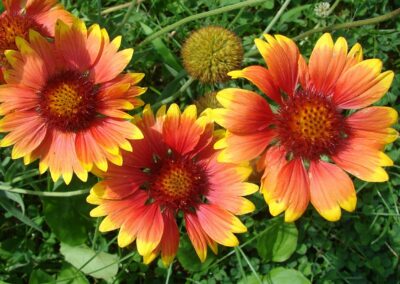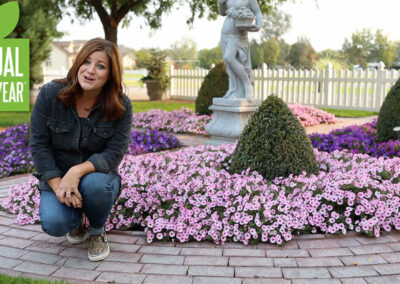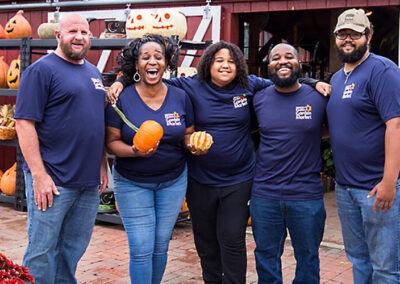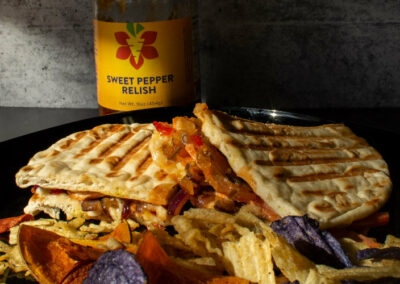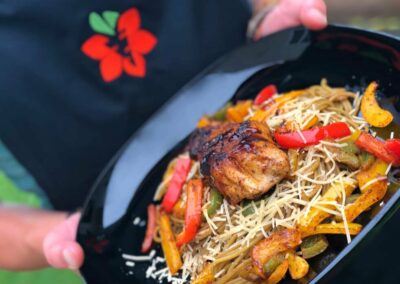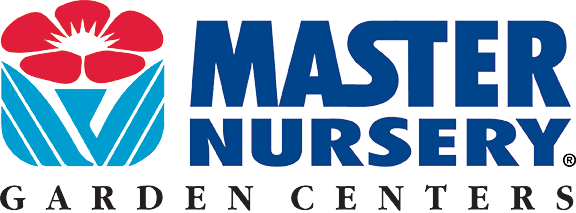Maybe you’ve heard of lasagna gardening, typically used when planting pots, where you plant specific spring, summer and fall bulbs or other plants in layers, ensuring you get blooms all season long.
Layer gardening in the form of a food forest is that idea on steroids.
Essentially, a food forest—or forest garden—is a diverse planting of edible plants that mirrors the ecosystems and patterns found in nature. If done properly, (as if Mother Nature planted it) it’s sustainable and requires little maintenance.
Everyone wins, right? Nothing’s being depleted, it’s completely organic, and nearly all the plants provide food or another benefit that we can use and enjoy.

How does a food forest work?
Well, all the plants in it are perennials, so there’s no replacing and replanting. In other words, it continues to renew itself. That also means that you won’t be disturbing the soil for new plantings and you’ll need much less water to get those new plants acclimated.
It also takes full advantage of vertical space and “under” space—every growing nook and cranny is being put to work— so everything’s working very efficiently. In other words, your food forest area can give you a much bigger harvest than a traditional garden in the same space might offer.
The advantages of creating a food forest include:
- Increased harvests
- Improved soil life
- Fewer issues with weeds and pests
- Less watering (if any!)
- Less maintenance
What are the layers in a food forest?
Now to the nitty gritty. Creating these layers allows the plants to be in their proper “niches” and every available space can be used.
- A canopy layer that consists of tall fruit and nut trees; include this layer if you have some acreage.
- A lower tree layer of dwarf fruit trees such as apple, pear, cherry or apricots.
- A shrub layer of fruit bushes such as currants and berries.
- A herbaceous layer of culinary and medicinal herbs, companion plants, and bee- and poultry-loving plants.
- A ground cover layer of edible plants that function as a living mulch, such as mint, creeping thyme, nasturtium, strawberries and oregano.
- An underground layer that consists of root crops, including onion, garlic, leeks, scallions or ramps, and even ginseng and ginger.
- A vertical layer of vines and climbers that could have grapes, beans, cucumbers and even tomatoes.
- Bonus! You can add a mushroom layer, too!
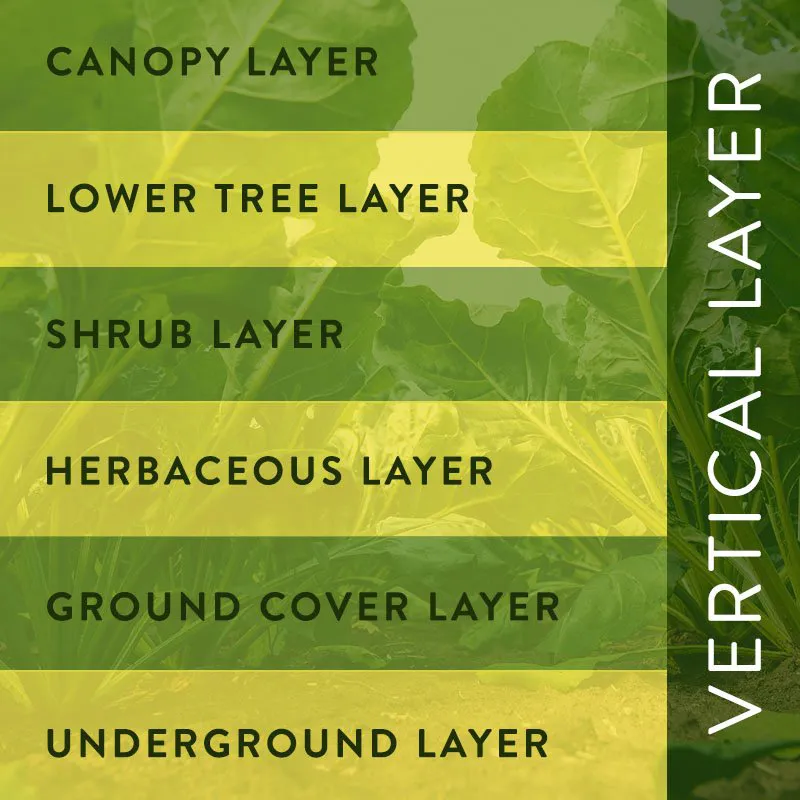
You could also think of it this way…
Imagine you plant a nut or a fruit tree, depending on the amount of land you have. On the shady side of the tree, you add some currants and other shade-tolerant berry bushes, and on the sunny side you add some sun-loving berries. At the base of the sun-loving berries, you plant some perennial vegetables and herbs, as most need sun. (And some annuals if you want to tend to them at the end of the season.) Then you add some root crops and edible groundcovers, and a few climbers, plus some nitrogen-fixing plants like lupines or peas or beans to help fertilize and support the other plants. Native plants work well here!
Finally, add a mulch layer of fall leaves or wood chips, including some woody debris such as logs.
Let Mother Nature tend to your layers.
Now sit back and watch in wonder. This system can give you fruits, nuts, berries, vegetables, herbs, and more, all from the area around a single fruit tree. Multiply this by adding more trees, and whoa, you will be happily foraging in your very own food forest.
Happy gardening from your friends at Reston Farm Garden Market!

